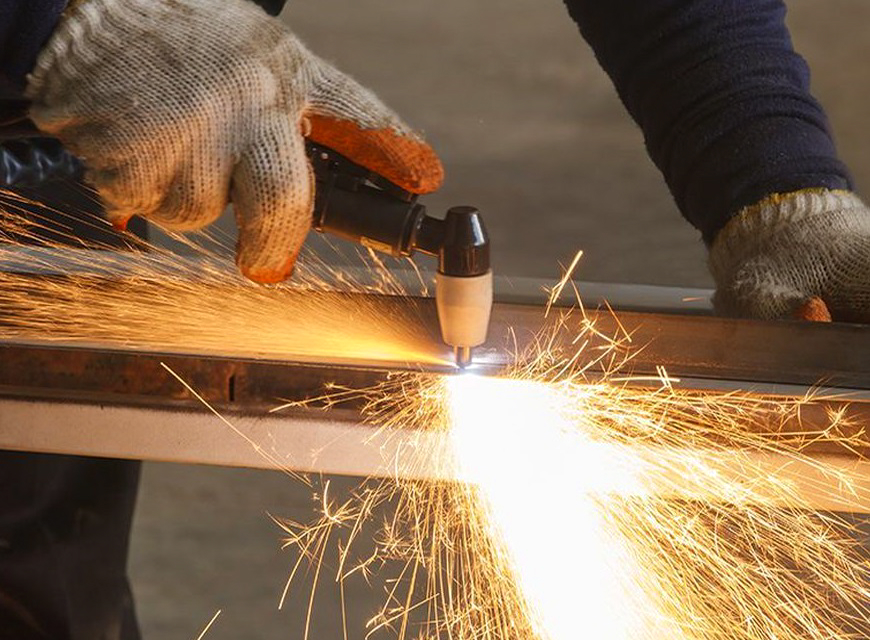Welding, the process of joining metals, is fundamental technology that plays a crucial role in a variety of industries worldwide. From building skyscrapers to the manufacturing of precision instruments, welding is the invisible glue that holds the modern society together. This article will examine the art of as well as the science of welding, looking at its origins, strategies, methods and its vital role in shaping our future.
Welding has not been a recent innovation; its roots can be traced to the earliest civilisations. Welders of the past used methods like forge welding and resistance welding to form connections made of metal. However, it was not until the latter half of the nineteenth century that welding witnessed substantial advancements thanks to the development of arc welding techniques. The invention of the electric arc welding process by Nikolai Benardos and Stanislaw Olszewski in the 1880s marked an important turning point in the history of welding and paved the method for today’s welding methods.
It’s important to note that the field of welding is not monolithic the tapestry is woven by various methods which each has its own uses and complexities. Processes like MIG (Metal Inert Gas), TIG (Tungsten Inert Gas) as well as stick welding are just one of many options. Each has distinct peculiarities and advantages, ranging beginning with the easy and flexible MIG which is ideal for beginner or home-based projects, to the exact and clear TIG that is a favorite in top-quality fabrication due to its top quality.

Its flexibility makes welding a must for a range of different industries. In the construction sector, bridges, skyscrapers, as well as pipelines are dependent on welding joints to withstand immense pressures and loads. The automotive industry utilizes welding to join vehicle frames in the aerospace industry, engineers rely on precision welding gloves for the creation of aircraft components that are designed to withstand extreme conditions. From pipelines to oil and gas to shipbuilding, welding is a foundation of the infrastructure construction.
The safety aspect is yet another important element in welding that should not be understated. It is the nature of welding that is involving extreme heat, molten metal, and intense light – means that, if not taken care of properly welding can pose a danger. Professional welders are armed by protective equipment, which ranges which ranges from gloves made of heavy duty to full-face masks that have specially designed filters to protect their eyes from the harmful ultraviolet light. Ventilation is also crucial, because the process may release the emission of gases and vapors which are extremely dangerous to breathe.
Although there are technicalities and dangers, there is an unquestionable artistic quality to welding. Watching a skilled welder at work can be fascinating. Controlling the metal’s melting, guiding it with the utmost precision and focus, is akin to a painter brushing color on the canvas. The results, too, can be stunning ranging from the sleek, clean lines of modern buildings’ frame to the complex patterns of a custom-designed metal sculpture. Welding might be born from the need for function However, it also rises to the heights of form and elegance.